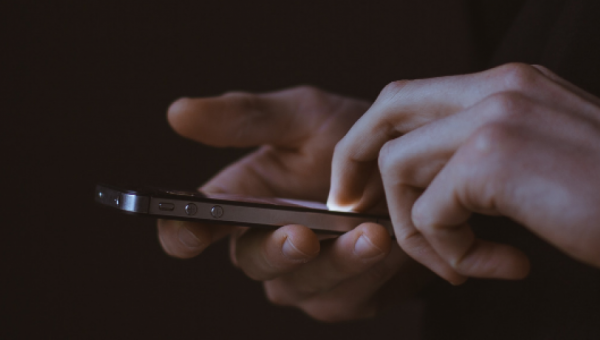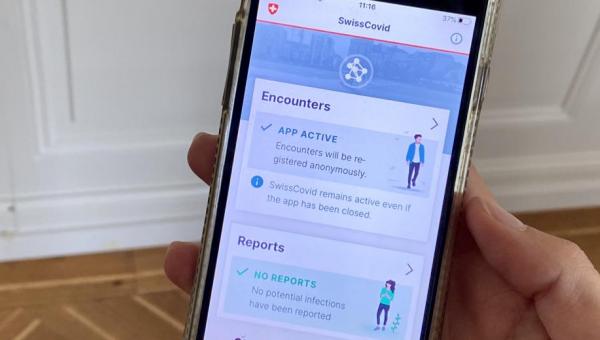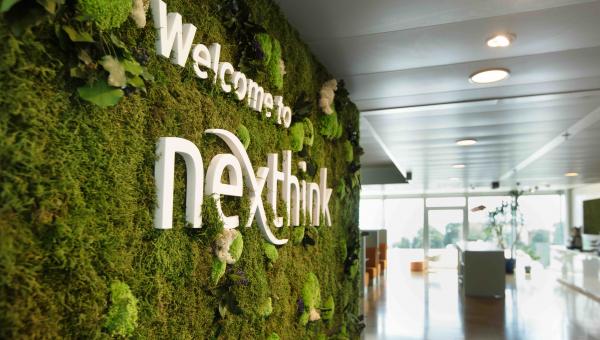Reality can be rewound

Swiss scientists have found a way to manipulate time in a virtual reality (VR) workplace: to promote concentration, interruptions in real time can be hidden via VR glasses and recorded for later viewing.
Scientists at ETH Zurich have presented the concept of asynchronous reality in a new research paper. Time can be paused in an immersive work environment to help you concentrate better on your work. You can then catch up on the ‘missed’ reality using VR.
Manipulating time to help you concentrate
The immersive office of the future shows the new possibilities an extended reality workplace could bring: asynchronous reality is intended to promote immersive work in virtual reality. This is to be achieved with the focus mode, which stops time in the virtual workplace. Interactions taking place in reality or from colleagues working together via a VR interface can be hidden. Only when deactivating the focus mode does time continue to run normally again and the events that have actually already occurred in your room happen in your virtual workspace.
Capturing actual events
To create an asynchronous reality, the system reconstructs volumetric scenes with 3D depth cameras in real time. According to the researchers, it should be able to recognise causal dependencies of actions and selectively play back situations based on user perception.
In a video, the researchers present what a working day in asynchronous reality might look like. The example scenario shows a programmer working with his colleague in an immersive work environment on a VR game and the 3D design of an action figure being developed from it.
Past events as holograms
The office is equipped with cameras, and people and objects are streamed into the virtual environment via real-time 3D scans. After taking part in real-time meetings and a shared virtual work environment, the programmer switches to ‘focus mode’. To block out distractions, the VR goggles play background noise and the system fades in only scanned objects in close proximity, such as the mouse, keyboard or desk.
If a colleague comes through the door, they will be scanned by the cameras. However, the programmer will initially be unaware of this. The system saves the entire process and any changes in the room that may occur, for example, if a new object is brought in. If the programmer sees the new object and wants to examine it, they can tap it in the VR environment. The system then plays the recorded event like a short hologram. Should several events occur during the focus mode that change previous ones, such as the addition or removal of new objects, the system can recognise the causal relationships.

The immersive workspace blocks out all distractions not relevant to the task at hand.
Working asynchronously has many applications
This disconnection from reality is only one possible application scenario. According to the researchers, the system also allows users to experience realities in which they were not even present. For example, teams working in shifts on a prototype can see in detail how it was developed during their absence. What's special about the system is that users can then direct their gaze to a specific object and determine its influence on events.




